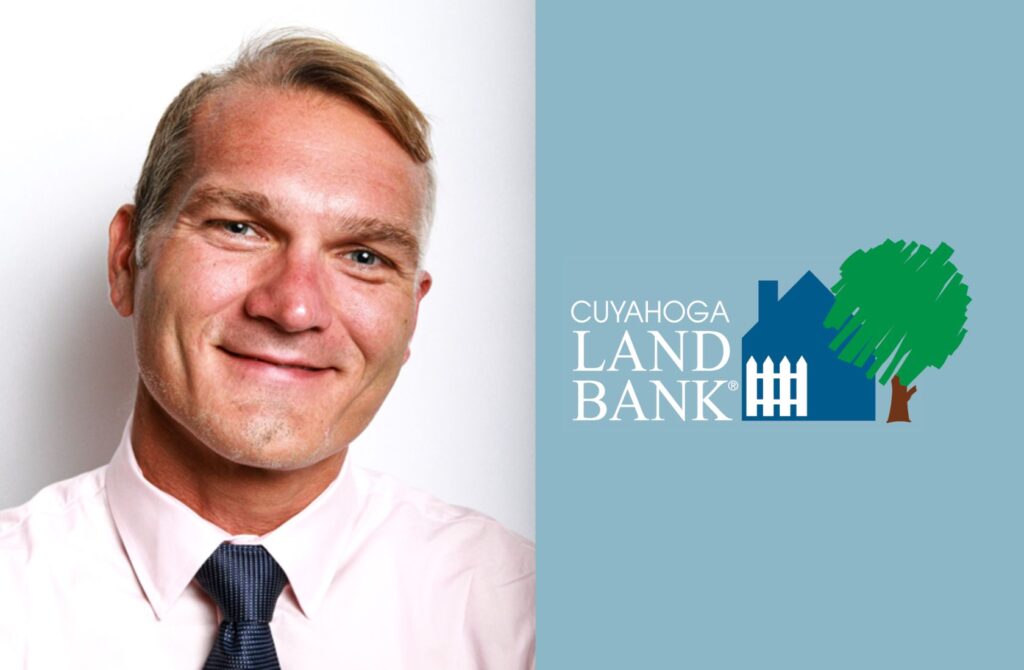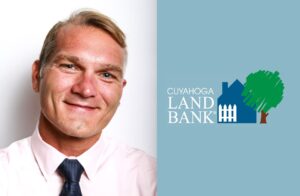New Director of Community Stabilization


We are pleased to announce that Adam Stalder has accepted the Director of Community Stabilization position and joined the Cuyahoga Land Bank team on July 3. Stalder has 13 years of community development experience most recently serving as the Executive Director of Northwest Neighborhoods CDC (NWN), the community development corporation representing Cleveland’s Cudell, Detroit Shoreway, and Edgewater neighborhoods. As Executive Director, Stalder lead the member-approved merger of Detroit Shoreway Community Development Organization and Cudell Improvement, Inc. Prior 2020, he worked in real estate development, economic development, and served as Managing Director of Metro West Community Development Organization.
Stalder has a Bachelor of Arts in Geography and International Studies from The Ohio State University and earned a master’s degree in Urban Planning, Design and Development at Cleveland State University.
Stalder will be responsible for the overview and management of strategic planning and demolition strategies and will oversee the demolition of abandoned residential and commercial structures in Cuyahoga County. He is taking over the position from Kim Kimlin, who is retiring at the end of July.
“We are excited to welcome Adam to our team,” says Gus Frangos, President and General Counsel for the Land Bank. “Adam is a talented leader and thoughtful advocate who has demonstrated an incredible passion for building communities throughout his career. He is uniquely and ideally suited to help guide the Cuyahoga Land Bank’s community stabilization efforts into the future.”